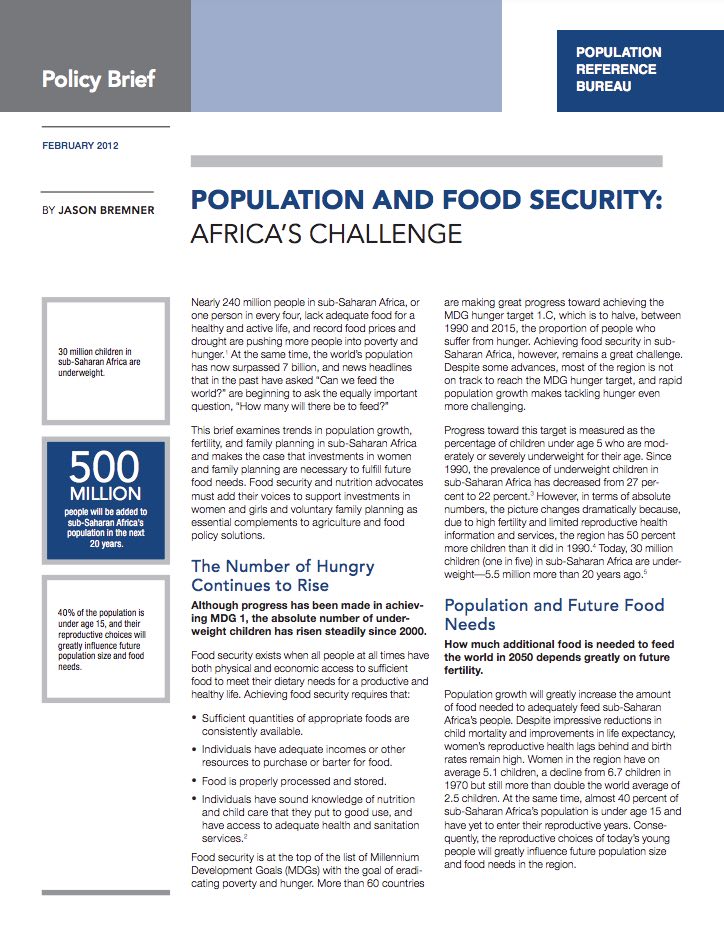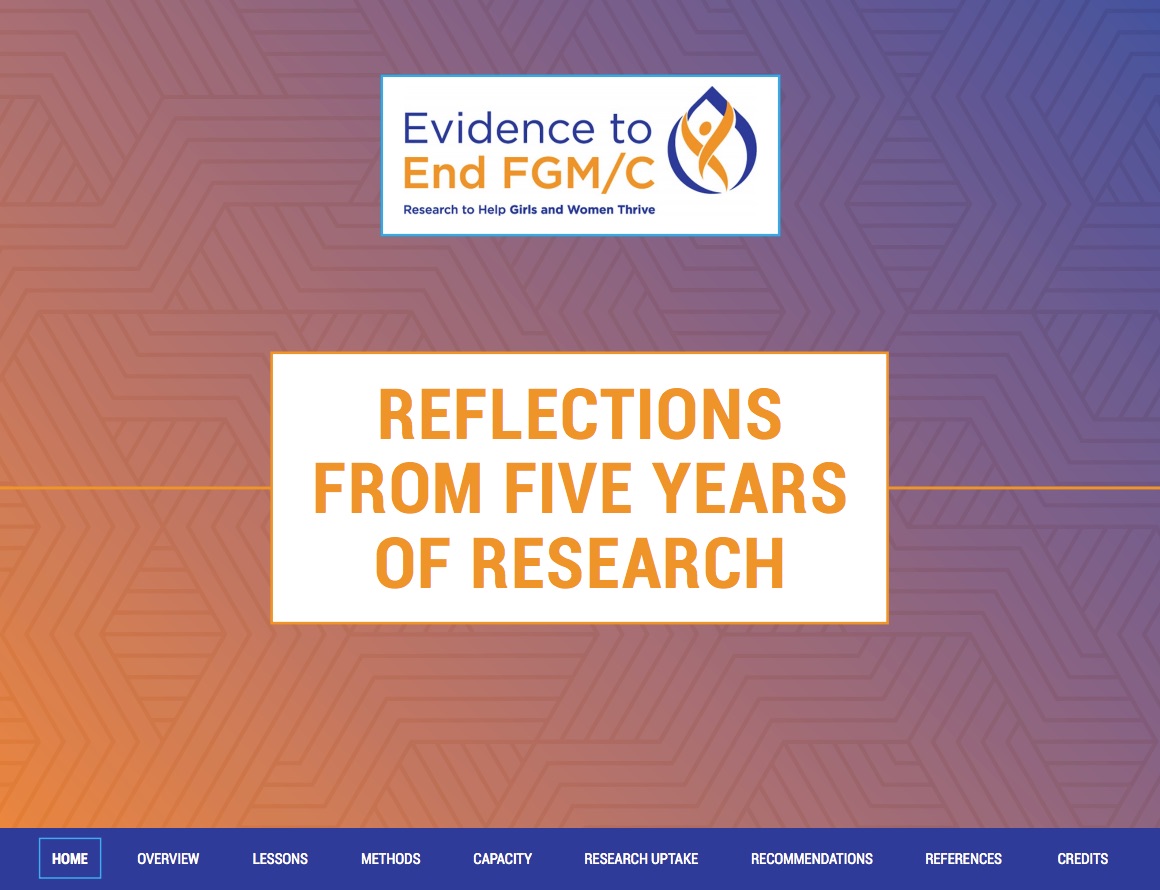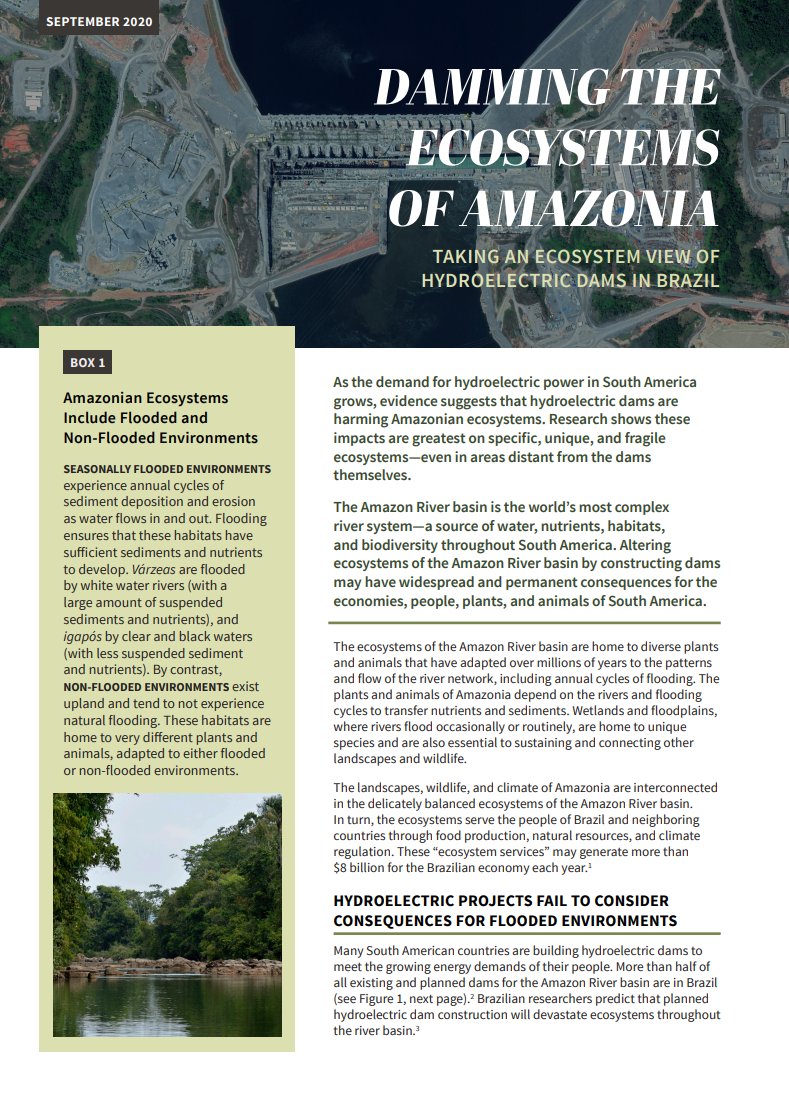The Growing Owner/Renter Gap in Affordable Housing in the U.S.
(2013) National trends mask a growing owner/renter gap in the amount of money spent on housing, relative to household income.
(2013) National trends mask a growing owner/renter gap in the amount of money spent on housing, relative to household income.

Household size and composition play an important role in the economic and social well-being of families and individuals.
(2005) The number of people on Earth, where they live, and how they live all affect the condition of the environment.
(2002) It is difficult to compare poverty levels in different countries. Countries not only have different currencies, they have different family income levels, consumption patterns, prices for goods and services (which affect purchasing power), spending patterns, and family and demographic characteristics.

(2012) Nearly 240 million people in sub-Saharan Africa, or one person in every four, lack adequate food for a healthy and active life, and record food prices and drought are pushing more people into poverty and hunger.1 At the same time, the world’s population has now surpassed 7 billion, and news headlines that in the past have asked “Can we feed the world?” are beginning to ask the equally important question, “How many will there be to feed?”
(2006) Road traffic accidents—the leading cause of death by injury and the tenth-leading cause of all deaths globally—now make up a surprisingly significant portion of the worldwide burden of ill-health.

Project: Counting Women’s Work
Une stratégie de communication politique solide est un élément important du processus de changement politique réussi pour la prise en compte du travail domestique non rémunéré dans les politiques publiques et macro-économiques.

Project: Evidence to End Female Genital Mutilation/Cutting
From 2015 to 2019, the African-led consortium developed innovative research methods and uncovered new evidence about the practice and how it is changing—focusing on families and communities, and health and legal systems—in eight countries: Burkina Faso, Egypt, Ethiopia, Kenya, Nigeria, Senegal, Somalia, and Sudan.

Project: Research Technical Assistance Center (RTAC)
This innovation brief describes the growing impact of hydroelectric dams on the Amazon River ecosystem in Brazil.